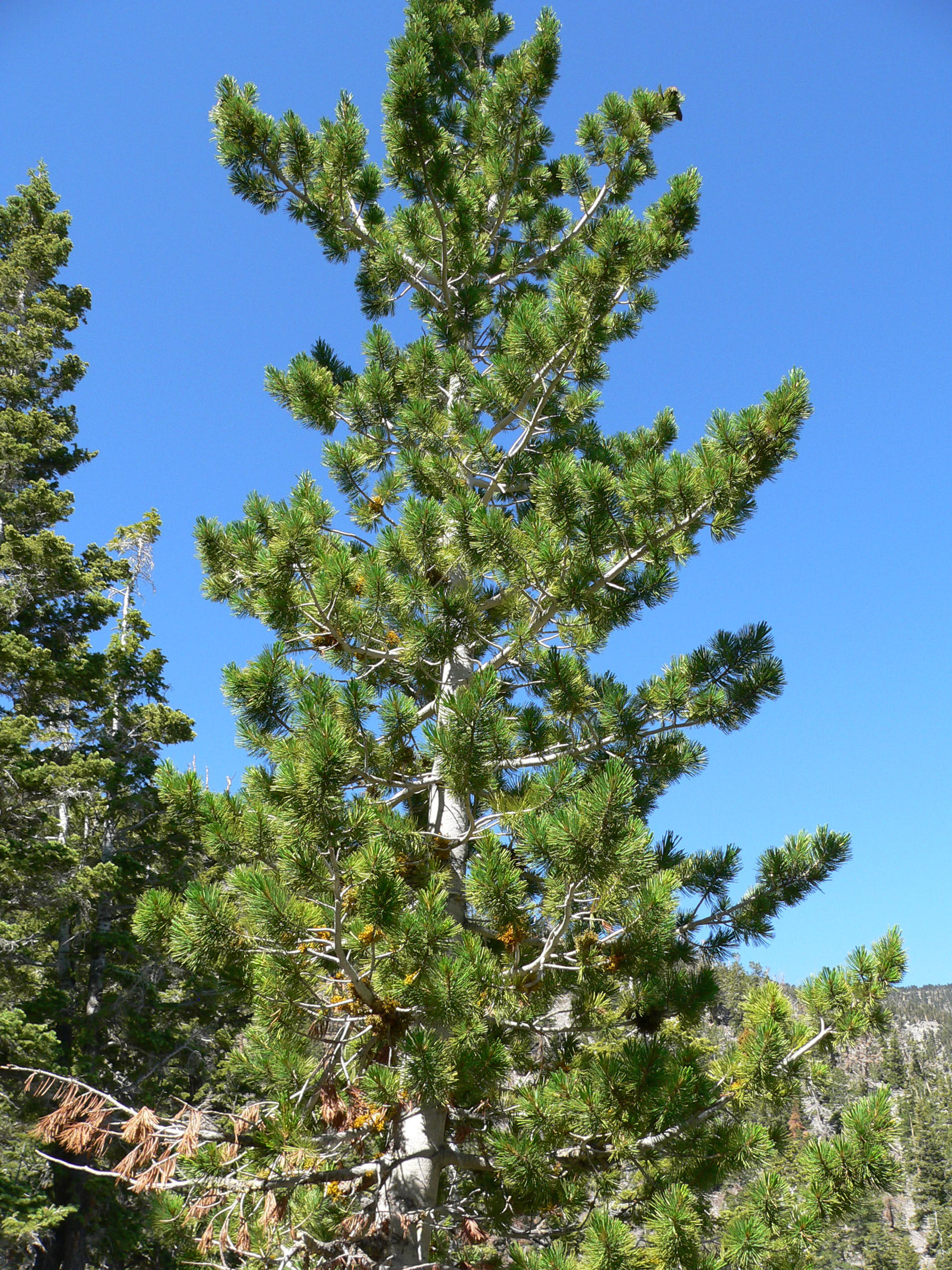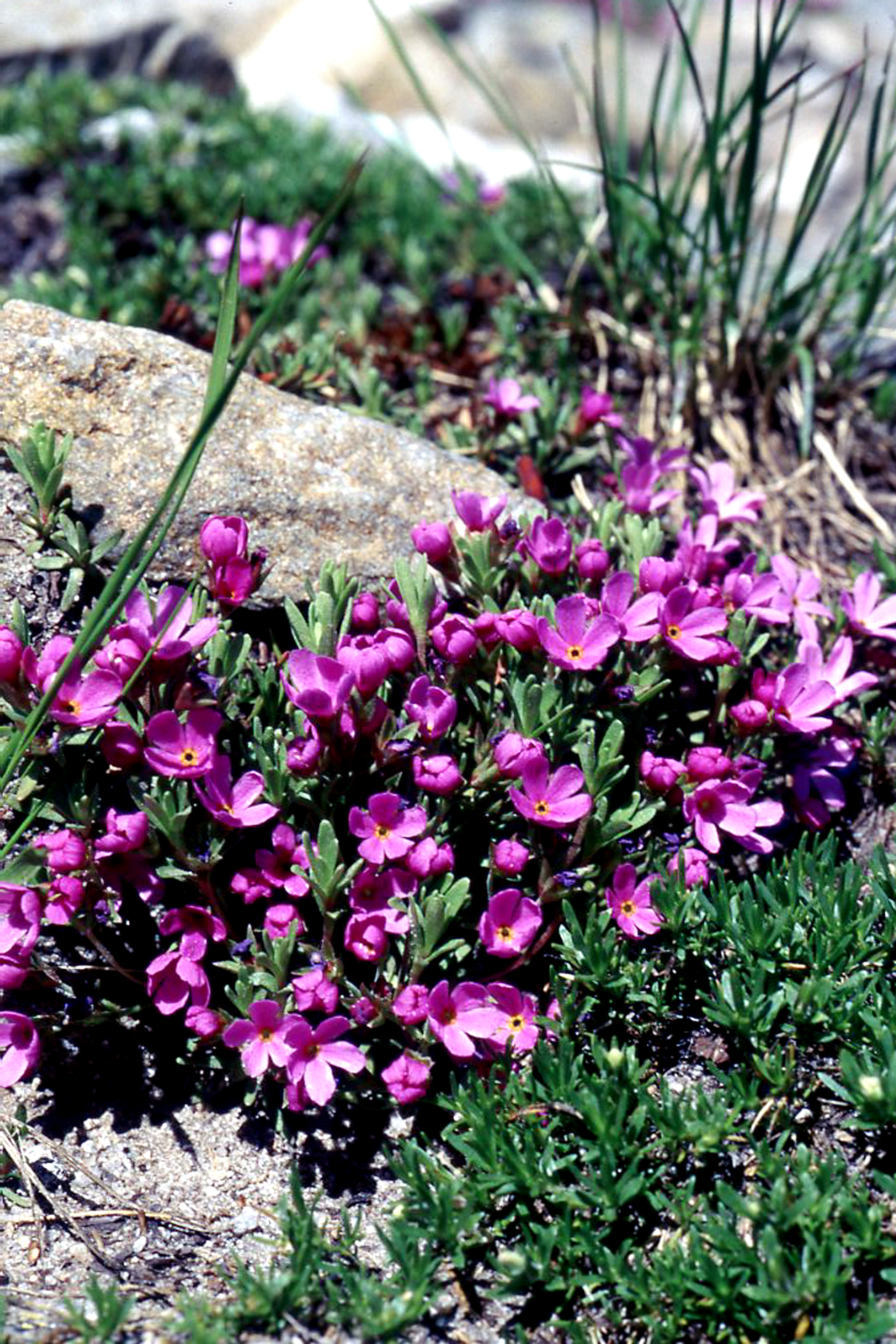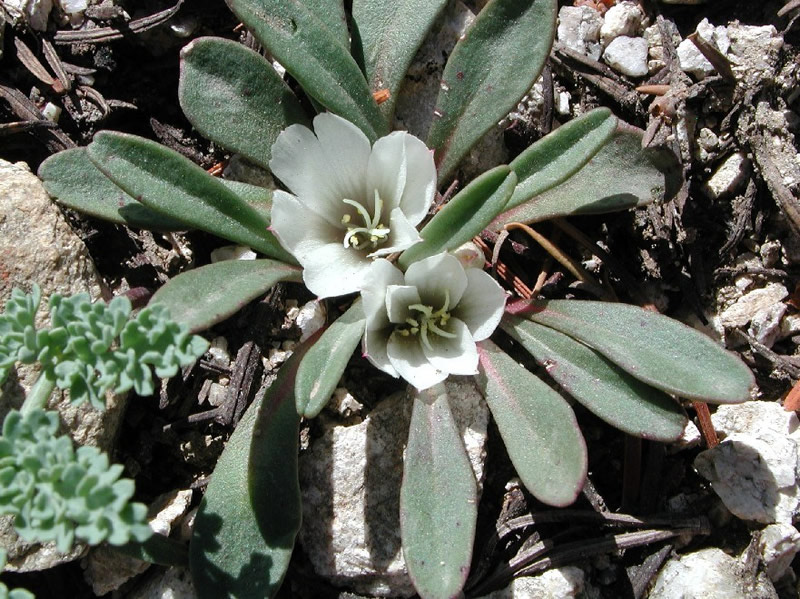Midas Gold’s proposed Plan of Operation for the Stibnite Gold Project Area appears likely to degrade or eliminate hundreds of acres of aquatic, riparian, upland, and subalpine wildlife habitat within and well beyond what is now the Stibnite mine site. These impacts may include a wide array of direct impacts to plants and wildlife as well as indirect and cumulative impacts to their habitat:
● Already-degraded wildlife habitat would be further disturbed or eliminated through renewed mining activity within the existing mine site
● Several headwater valleys of the East Fork South Fork Salmon River drainage, adjacent to the existing mine site, which are currently relatively healthy , would be completely backfilled with mining debris
● Construction of a new access road, the Burntlog Road, through miles of subalpine habitat would directly eliminate habitat and displace wildlife through motorized use
● Vehicle strikes of wildlife would increase through increased traffic and an expanded road network
● Invasive weeds would be introduced and spread into areas where they may be difficult or impossible to control
● Culturally-important hunting and gathering areas would be disturbed, reducing such opportunities
Rare and Sensitive Plants & Wildlife
Proposed actions for the Stibnite Mine Project Area overlap habitat for a number of rare and sensitive plant and wildlife species, including North American wolverine, whitebark pine, limber pine, bent-flower milkvetch, Sacajawea’s bitterroot, and Idaho mountain primrose. Conservation and restoration of these species is of great importance.
Federal and state regulations provide protection for some sensitive species, but the persistence of all other plants and wildlife in the vicinity of the mine will depend on robust protection and avoidance measures established by the Forest Service and Midas Gold, if mining activities are approved.
Wolverine (Gulo gulo; é pin) P.C. Jeffrey C. Lewis
North American Wolverine (Gulo Gulo)
Wolverines, a mid-sized mustelid, live in cold, snow-covered remote habitats in high-elevation mountain and subalpine landscapes. Wolverines are rare in the western United States and are being considered for listing under the Endangered Species Act. Shifting moisture and temperature regimes associated with climate change, human disturbance, incidental harvest, and habitat fragmentation are potential threats to this species. Wolverines are opportunistic feeders and consume a variety of foods depending on availability. The proposed mine operations and the associated Burntlog Road have the potential to disturb and eliminate habitat used by wolverines in the mine's vicinity.

Whitebark Pine (Pinus albicaulis) P.C. Paul Bolstad

Clark's Nutcracker (Nucifraga columbiana) P.C. Lassen Volcanic National Park Service

Limber Pine (Pinus Flexilis) P.C. Stan Shebs
High-Elevation Five-Needle Pines
High-elevation five-needle white pines are important functional and structural components of high, mountainous landscapes. These long-lived pines stabilize soils, reduce soil erosion, shade snowpack, regulate snowmelt and downstream runoff, and provide a high-energy food source for important wildlife species, including grizzly bears (Ursus arctos horribilis), black bears (U. americanus), and many bird and small mammal species at high elevation. Five-needle pine forests are declining across most of their range in western North America due to the combined impacts of insects, pathogens, altered fire regimes, and shifting moisture regimes associated with climate change. The loss of these species in North America would have serious, adverse consequences for community biodiversity and stability in high-elevation ecosystems.
Two five-needle pines, limber (Pinus flexilis) and whitebark pine (P. albicaulis), are found within the Stibnite Mine Project Area. Mapped whitebark pine habitat overlaps portions of Midas's proposed Burntlog Road and power line corridor. Whitebark pine is a high-priority Candidate Species for listing under the Endangered Species Act, and limber pine is only found in a few locations on the Forest. Clark’s nutcracker (Nucifraga columbiana) and red squirrel (Tamiasciurus hudsonicus) are extremely important to limber and whitebark pine conservation because they collect and disperse whitebark pine seeds. The mutualistic relationship between Clark’s nutcracker and these pines is highly evolved and important for the survival and well-being of these species.

Idaho mountain primrose (Douglasia idahoensis) P.C. Angela Sondenna

Sacajawea's bitterroot (Lewisia sacajaweana) P.C. Edna Rey-Vizgirdas
Bent-Flower Milkvetch (Astragalus Vexilliflexus var. Vexilliflexus), Sacajawea’s Bitterroot (Lewisia Sacajaweana),
and Idaho Mountain Primrose (Douglasia Idahoensis)
and Idaho Mountain Primrose (Douglasia Idahoensis)
Endemic to the mountains of central Idaho, Bent-flower milkvetch, Idaho mountain primrose, and Sacajawea’s bitterroot are known to occur within the Stibnite Gold Project Area. Bent-flower milkvetch is a perennial legume that grows low to the ground with white to purple flowers. All three populations of bent-flower milkvetch occur within 10 miles of the Stibnite Mine. Idaho mountain primrose is a low, mat-forming perennial with small, succulent leaves and clusters of pink to magenta flowers. Sacajawea’s bitterroot is a perennial with succulent rosette leaves, white flowers, and a tuberous root. Disturbance to or elimination of these rare and sensitive plants in the vicinity of the mine may impact their long-term persistence in central Idaho.
Traditional Foods & Textiles
The landscape within and adjacent to the Stibnite Mine Project area supports mixed-conifer forests, shrublands and grasslands, riparian areas, and wetlands, where many traditional-use resources occur. Culturally important plant species to the Nez Perce Tribe include huckleberries (Vaccinium spp.; cemí·’tx), serviceberry (Amelanchier alnifolia; kiké·ye), elk thistle (Cirsium foliosum; títux), yarrow (Achillea millefolium; wá·pal wá·pal), wild onion (Allium spp.; sé·x), wild tobacco (Arctostaphylos uva-ursi; hotó·to), Indian hemp (Apocynum cannabinum; qé·mu), tule (Schoenoplectus acutus; tóḱo), elderberry (Sambucus cerulea; míťip), chokecherry (Prunus virginiana; tíms), Indian tea (Ledum glandulosum; písqu), Oregon grape (Mahonia repens; qiqétqiqet), thimbleberry (Rubus parviflorus; tax̣táx̣), alder (Alnus rhombifolia; wí·tx), birch (Betula papyrifera; héslips), and kowskows (Ligusticum canbyi; kowskóws). Culturally important wildlife species to the Nez Perce Tribe include elk (Cervus Canadensis; wewúkye), mule deer (Odocoileus hemionus; téewisiin), white-tailed deer (Odocoileus virginianus; tip’íitewisiin), Rocky Mountain bighorn sheep (Ovis Canadensis; tin’úun), mountain goats (Oreamnos americanus; qósalat), moose (Alces alces; sáaslaqs), and a wide array of waterfowl, upland game birds, small mammals, invertebrates, and other species.